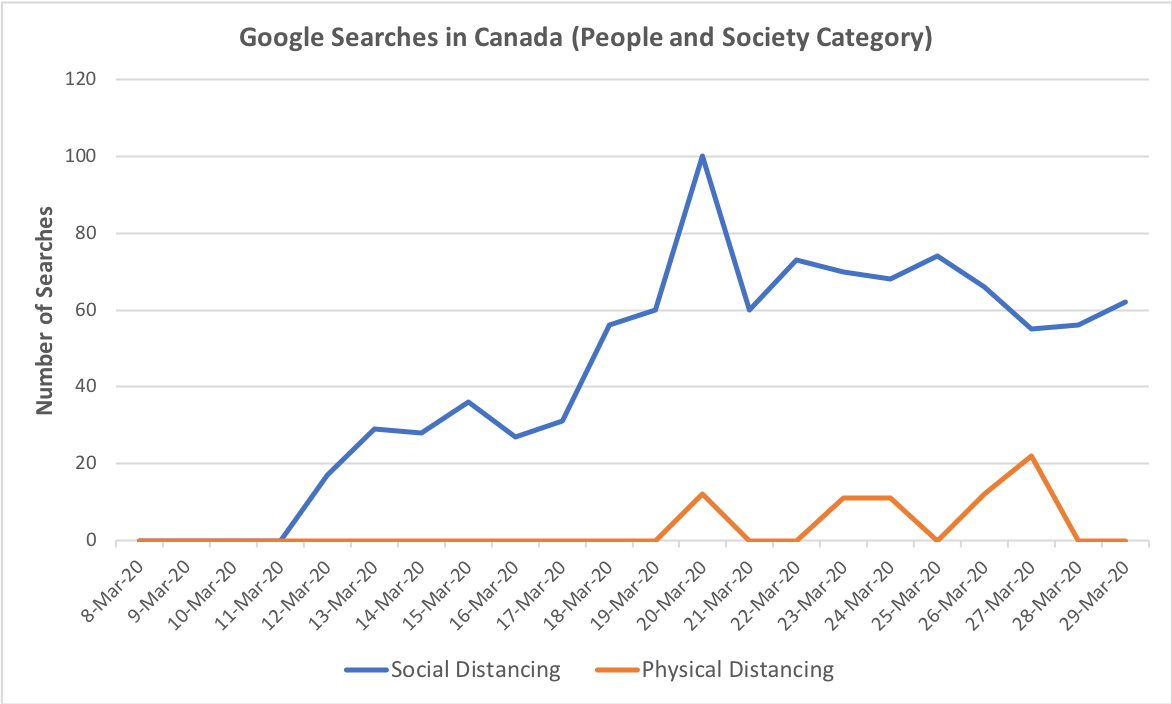
What fascinates me is a second naming challenge: deciding on what to call the novel virus. The act of naming is, on the one hand, a highly technical and scientific discipline. On the other hand, it is an early act of risk communication. Nomen est omen as the old Romans put it, the name foretells the future. And the ideas and words we choose may create important components of the physical reality we will have to inhabit later on.
Right now, the news media of the entire world are using a technically incorrect name. We call it by the illness that it causes, COVID-19, or Corona Virus Disease 2019, rather than by its correct name, SARS-CoV-2, Severe Acute Respiratory Syndrome Corona Virus 2.
The connotations of the two names are different. SARS-2 makes me think of SARS-1, a dangerous disease that struck us hard in Canada almost twenty years ago. COVID-19 sounds more like a reference to the common cold, or a beer even?
You will not be surprised that the misnomer is deliberate. In mid-February, leading journal Science published the article ‘A bit chaotic.’ Christening of new coronavirus and its disease name create confusion. The name of the virus was determined by the International Committee on Taxonomy of Viruses but the WHO refused to adopt it and explained in an email to Science: “From a risk communications perspective, using the name SARS can have unintended consequences in terms of creating unnecessary fear for some populations, especially in Asia which was worst affected by the SARS outbreak in 2003.”
 A good omen requires good foresight that is an extremely rare and valuable competence. In hindsight, would it have been better for policy makers and news media to use SARS-2 instead of COVID-19? The stakes are of course high. The WHO now wants us to provide an aggressive response—while the President of the United States of America implies that we are violating the Hippocratic Oath by stating “we cannot let the cure be worse than the problem itself.”
A good omen requires good foresight that is an extremely rare and valuable competence. In hindsight, would it have been better for policy makers and news media to use SARS-2 instead of COVID-19? The stakes are of course high. The WHO now wants us to provide an aggressive response—while the President of the United States of America implies that we are violating the Hippocratic Oath by stating “we cannot let the cure be worse than the problem itself.”
Can risk communication still change at this point? The recent shift from ‘social distancing’ to ‘physical distancing’ suggests “yes.” That change in communication appears to be working based on Google Trends (see the chart below and note that this shift can be seen clearly in Canada but not yet in the USA). This type of clarification can make a real difference. The opportunity for naming the virus differently has probably well passed, but our risk communication can still be modulated in many other ways as we learn more—not to mention as we face an inevitable future pandemic, be that influenza, SARS or other.
When it’s over, let’s formally take stock of both the pandemic and the infodemic. There must be some valuable lessons learned in hindsight. And let me propose to you, to keep a daily journal. Dear Diary, let me tell you about SARS-CoV-2 & me.
This piece originally appeared at the Institute for Science, Society and Policy website


